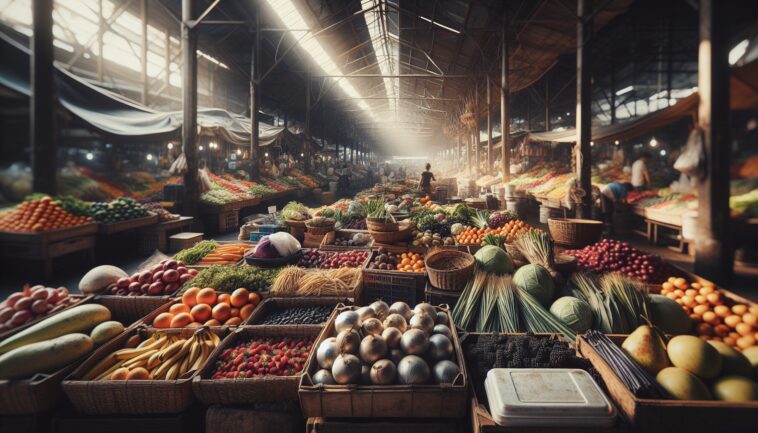Table of Contents
The rise of synthetic food dyes
In recent years, the conversation around food safety has intensified, especially concerning the ingredients that make their way into our diets. Synthetic food dyes, often derived from petroleum, have been a staple in the food industry for decades.
These vibrant colors are used to enhance the visual appeal of products, particularly those aimed at children. However, growing concerns about their safety have sparked a significant shift in regulatory approaches. Health advocates argue that these artificial additives contribute to various health issues, prompting calls for a reevaluation of their use.
Health implications of synthetic dyes
Research has increasingly linked synthetic food dyes to health risks, including hyperactivity in children and potential carcinogenic effects. The recent ban on Red Dye No. 3 by the FDA, due to its association with cancer in animal studies, marks a pivotal moment in this ongoing debate.
Health and Human Services Secretary Robert F. Kennedy Jr. has emphasized the need for ‘real science’ to guide food safety regulations, advocating for a food supply free from harmful substances. As the FDA and HHS work to eliminate several synthetic dyes by 2026, the focus is shifting towards natural alternatives that promise both safety and visual appeal.
The movement towards natural alternatives
With the FDA fast-tracking the review of natural substitutes like butterfly pea flower extract, the food industry is on the brink of a transformation. This shift not only aims to protect public health but also to cater to a growing consumer demand for transparency and quality in food products.
As consumers become more aware of what they are putting into their bodies, the pressure on food manufacturers to reformulate their products is mounting. The case of Froot Loops illustrates this point well; while the ingredients used in the past were more natural, today’s formulations often include synthetic dyes banned in other countries.
This discrepancy highlights the urgent need for reform in the U.S. food supply.



